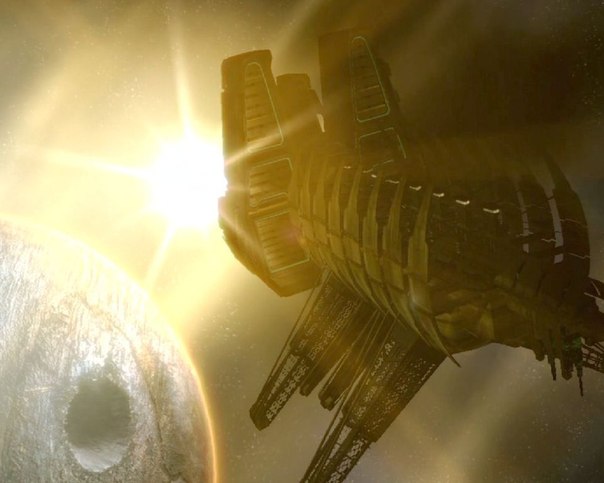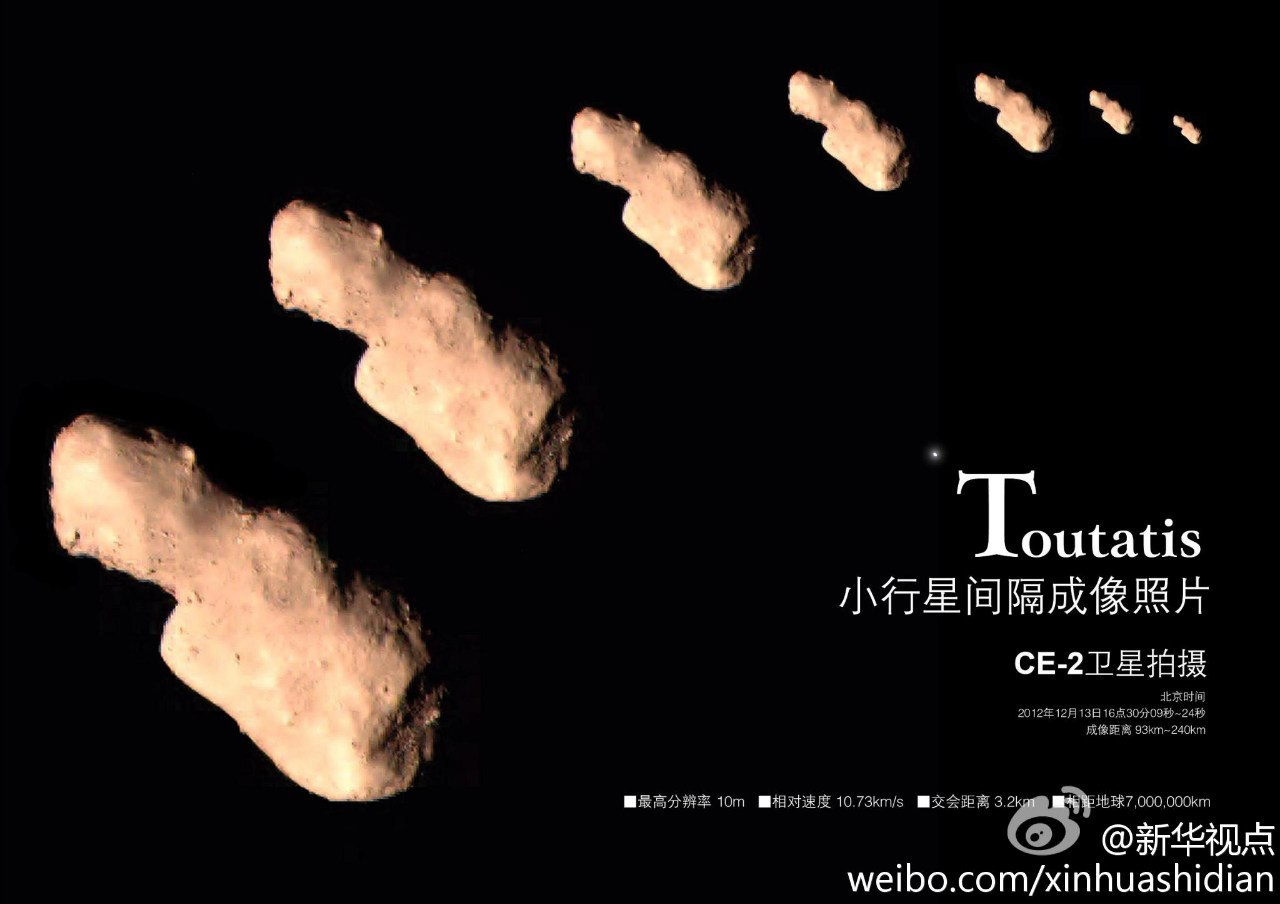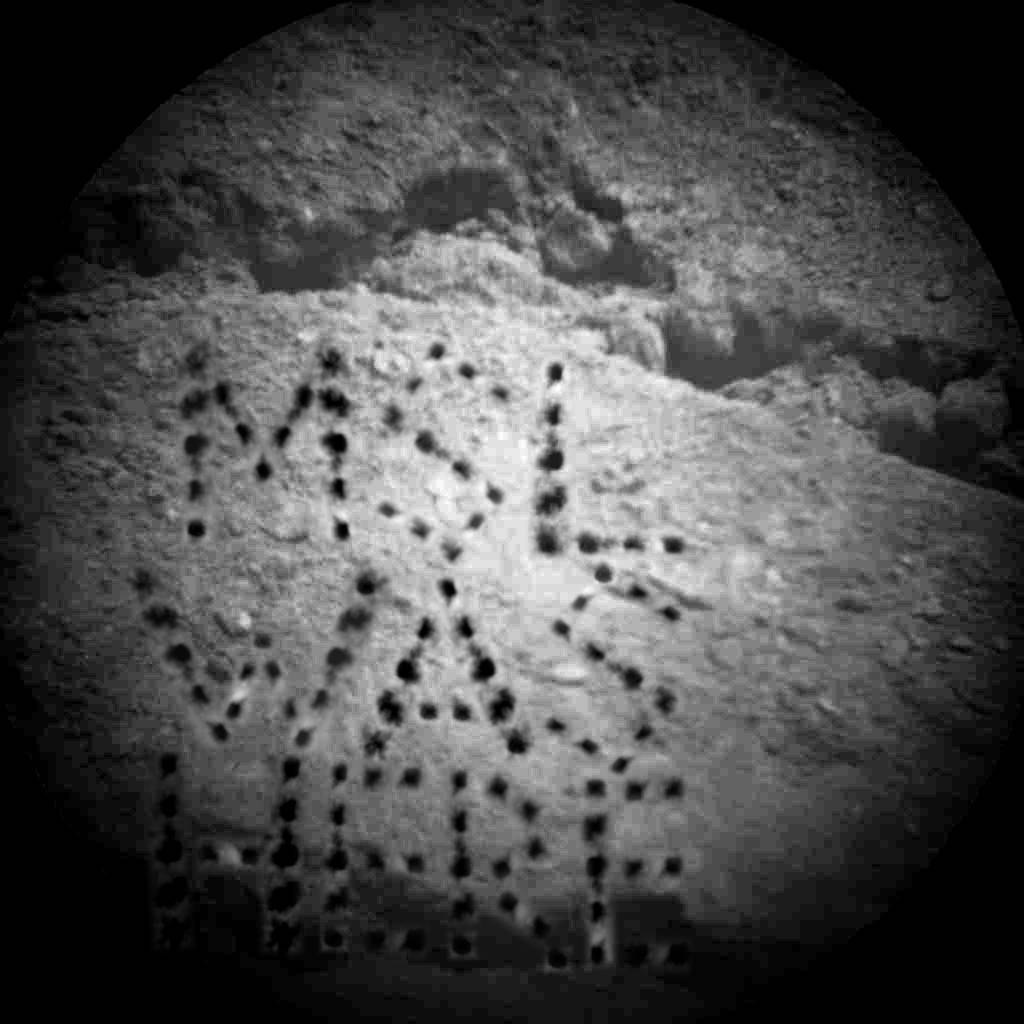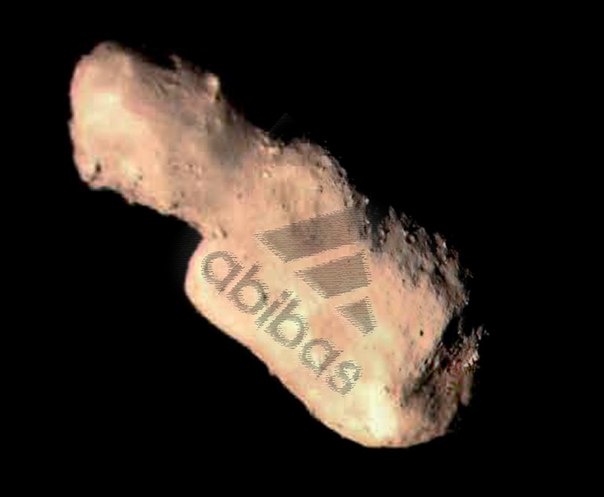Interplanetary automatic station "Habr-1"
Discussing "Questions to the driver of the rover," we slightly touched upon the subject of self-sending to Mars a vehicle that looks at Curiosity and goes on to explore the Red Planet. I was interested in this topic before, it seemed to me: would it be possible for us to wipe our Shakespeare's William? Today, amateurs and non-governmental organizations are already more and more actively selected into space: SpaceX, Planetary Resourses, Bigelow Aerospace, Armadillo Aerospace, Deep Space Industries ... Not thousands of them so far, but the total bill has already exceeded a dozen. Therefore, now I propose to arrange a “brainstorming” and think: maybe it’s time we already?

True to Mars, everything is far away. But asteroids are much closer. Actually, this post was pushed by the unfolding competition among asteroid hunters. So far, their competition is expressed only in loud statements, but Planetary Resourses tells about a practically finished model of a space telescope, the size of a coffee machine and weighing 11 kg:
Text Description
And the next day, their competitor appears - Deep Space Industries, which proclaims even more active activity beyond the limits of the Earth's orbit.
Full-size pictures of all their concepts .
And DSI is going to start with the 55 kilogram reconnaissance vehicle FireFly, built on the basis of the CubeSat technology. They are going to send the first “Fireflies” in 2015, and by 2017 they will send the first automatic miners of DragonFly.
')
The cost of putting into orbit is now an average of 3000-4000 dollars per kg, maybe it will be cheaper. That is, for 100 kg of the apparatus, 300 thousand dollars. If we hook on some Roscosmos device, then maybe it will be a discount. Or by that time Musk will make a miracle and lower the cost of putting it into orbit.
What can be done here, and how to make money on it?
For example, we follow the path of Planetary Resourses, but we borrow the experience of Curiosity. The satellite can be made on the basis of a telescope equipped with a laser. And not the kind to use for long-distance space communications, as Planetary Resourses suggests, but such as to fry stones. We choose the goal, more interesting and more massive, like Tautatis , who flew in December.

We put the device into the asteroid orbit, and begin to fry with a laser. If the apparatus will have a spectrometer of the type ChemCam Curiosity, then you can get information about the chemical composition of the asteroid. Already this information can be sold by the same Planetary Resourses or Deep Space Industries, if you call the price a little lower than the cost of their apparatus. It does not matter whether platinum is there or not - they will still save.
Additional income can be obtained if you do not just fry, but with the meaning:

Doesn't any world trade giant want its logo to appear on a space object and, in the future, be preserved in the space of a century or even more? Excellent PR, and, comparatively, not expensive, given the amount of funds invested in the same Olympics.

Red Bull showed how you can promote your brands in space.
The giant does not want, you can sell small records online. Turn an asteroid into a park bench with “Peter + Masha =” and “Choi is alive”. No harm, but nice to people.
Well, this is true, my thoughts, I am sure, many will be able to express themselves more meaningfully, and on the prospects of such an amateur project, and on the methods of its recoupment. How much can you already with wooden precision grind wooden mice and disassemble cell phones under electron microscopes, let's do something advanced and epochal, I believe in Habr!

True to Mars, everything is far away. But asteroids are much closer. Actually, this post was pushed by the unfolding competition among asteroid hunters. So far, their competition is expressed only in loud statements, but Planetary Resourses tells about a practically finished model of a space telescope, the size of a coffee machine and weighing 11 kg:
Text Description
And the next day, their competitor appears - Deep Space Industries, which proclaims even more active activity beyond the limits of the Earth's orbit.
Full-size pictures of all their concepts .
And DSI is going to start with the 55 kilogram reconnaissance vehicle FireFly, built on the basis of the CubeSat technology. They are going to send the first “Fireflies” in 2015, and by 2017 they will send the first automatic miners of DragonFly.
')
The cost of putting into orbit is now an average of 3000-4000 dollars per kg, maybe it will be cheaper. That is, for 100 kg of the apparatus, 300 thousand dollars. If we hook on some Roscosmos device, then maybe it will be a discount. Or by that time Musk will make a miracle and lower the cost of putting it into orbit.
What can be done here, and how to make money on it?
For example, we follow the path of Planetary Resourses, but we borrow the experience of Curiosity. The satellite can be made on the basis of a telescope equipped with a laser. And not the kind to use for long-distance space communications, as Planetary Resourses suggests, but such as to fry stones. We choose the goal, more interesting and more massive, like Tautatis , who flew in December.

We put the device into the asteroid orbit, and begin to fry with a laser. If the apparatus will have a spectrometer of the type ChemCam Curiosity, then you can get information about the chemical composition of the asteroid. Already this information can be sold by the same Planetary Resourses or Deep Space Industries, if you call the price a little lower than the cost of their apparatus. It does not matter whether platinum is there or not - they will still save.
Additional income can be obtained if you do not just fry, but with the meaning:

Doesn't any world trade giant want its logo to appear on a space object and, in the future, be preserved in the space of a century or even more? Excellent PR, and, comparatively, not expensive, given the amount of funds invested in the same Olympics.

Red Bull showed how you can promote your brands in space.
The giant does not want, you can sell small records online. Turn an asteroid into a park bench with “Peter + Masha =” and “Choi is alive”. No harm, but nice to people.
Well, this is true, my thoughts, I am sure, many will be able to express themselves more meaningfully, and on the prospects of such an amateur project, and on the methods of its recoupment. How much can you already with wooden precision grind wooden mice and disassemble cell phones under electron microscopes, let's do something advanced and epochal, I believe in Habr!
Source: https://habr.com/ru/post/167391/
All Articles